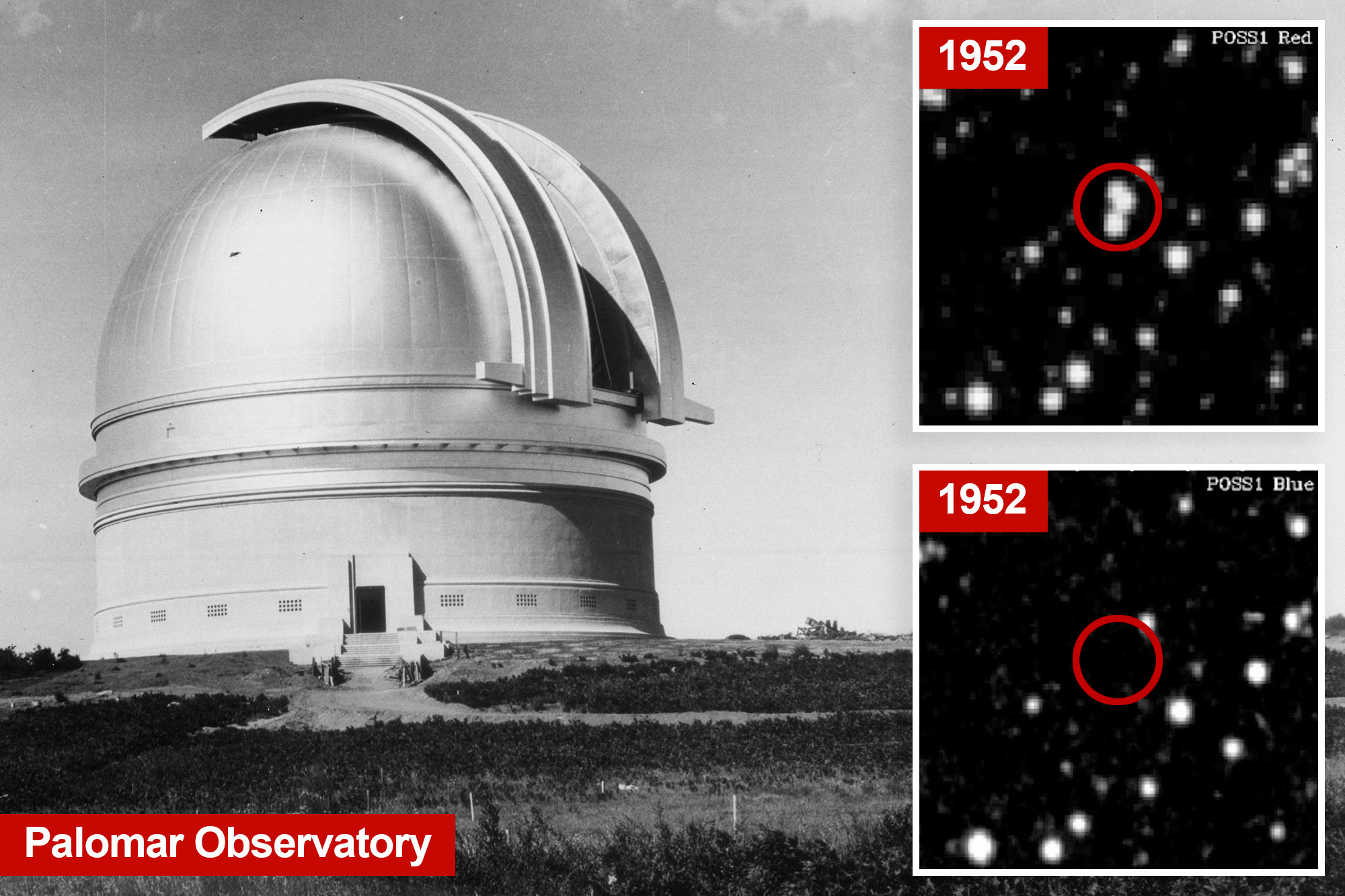New research has emerged suggesting the presence of unidentified flying objects (UFOs) in photographs taken during the 1950s. A pair of peer-reviewed papers authored by astronomer Beatriz Villarroel from the Nordic Institute for Theoretical Physics claims to have identified “transients”—fleeting star-like objects of unknown origin—in historic images of the night sky. The findings, published in Nature’s Scientific Reports and the Publications of the Astronomical Society of the Pacific, raise intriguing questions about their possible connection to UFO sightings.
The research involved the analysis of approximately 2,000 photographic plates taken at the Palomar Observatory in California between 1949 and 1958. This period marks one of the first comprehensive astronomical surveys known as the Palomar Sky Survey. Notably, these images were captured before any artificial satellites were orbiting Earth, providing a unique historical perspective.
Villarroel’s team employed machine learning and imaging processing techniques to examine the brightness of the objects captured in these plates. They identified around 107,000 transients, which resembled, but were distinct from, fixed stars. While some of these transients were attributed to errors or aberrations, the researchers found thousands that remain unexplained.
Linking UFO Sightings to Historical Events
The papers suggest a correlation between the appearance of these transients and notable UFO sightings. For instance, on July 19 and 27, 1952, multiple bright transients were recorded, coinciding with the famous Washington DC UFO Incident. During this time, reports of flying saucers over the U.S. capital surged, yet many of these sightings have never been adequately explained.
Furthermore, Villarroel’s research indicates that transients were observed more frequently on dates near nuclear testing events. The study found that transients were 45% more likely to occur within 24 hours of a nuclear test. The last transient recorded within this context was on March 17, 1956, just a day after the Joe 21 nuclear test in Russia, according to research from Columbia University.
Another compelling observation involved multiple transients appearing in a straight line across a single photographic plate. Villarroel argues that such an alignment is unlikely to occur through known natural phenomena, further supporting the hypothesis that these transients may have connections to unidentified aerial phenomena.
Implications of the Findings
The implications of this research are significant, as it suggests that the transients could represent unidentified aerial phenomena in Earth’s orbit. Villarroel speculates that if these objects descend into the atmosphere, they might account for some reported UFO sightings. The papers conclude with a bold claim, stating that the findings support the idea of a connection between transients, reports of UFOs, and periods of nuclear testing.
As interest in unidentified aerial phenomena grows, this research adds a new layer of complexity to our understanding of historical observations of the night sky. The potential link between nuclear testing and UFO sightings could prompt further investigations into the nature of these transients, as well as their implications for both scientific inquiry and public perception of UFOs.
The findings from Villarroel and her team provide a fascinating glimpse into the unexplored possibilities of the cosmos and the mysteries that continue to captivate our imagination.
